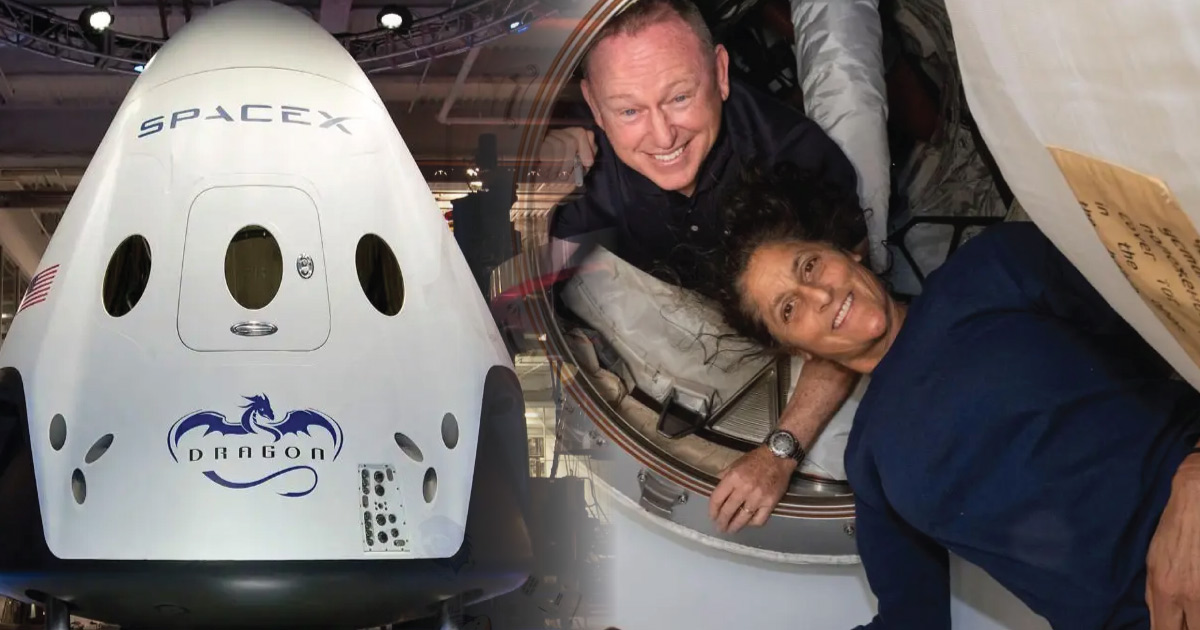HOUSTON—NASA Administrator Bill Nelson announced during a press conference on Saturday, August 24, at the Johnson Space Center that stranded astronauts Butch Wilmore and Suni Williams, currently on the International Space Station (ISS), will not return on Boeing’s Starliner but will return on SpaceX’s Dragon spacecraft in February 2025 due to safety concerns.
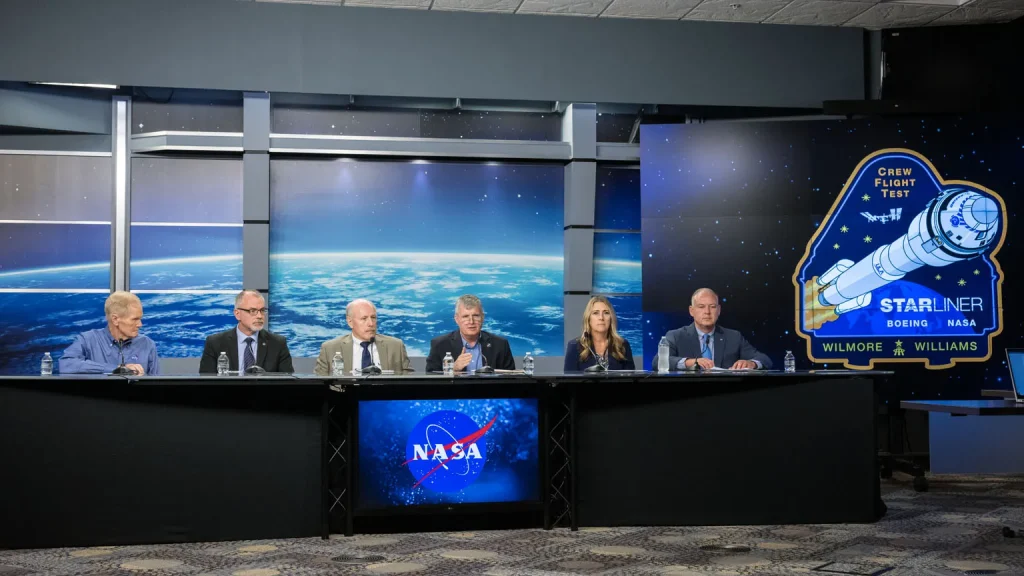
“NASA’s goal has always been to maintain a safe and robust human spaceflight program,” Nelson said“As Boeing continues to make progress, we must also ensure our astronauts are supported by proven and reliable systems. SpaceX has demonstrated its capabilities through several successful crewed flights and we are confident that Crew Dragon can return Butch Wilmore and Suni Williams safely to Earth.”

Nelson also shared that Starliner, the spacecraft that brought Wilmore and Williams to the ISS, will return uncrewed in September, which will allow Boeing to gather more information to improve the Starliner’s capabilities. He also reiterated NASA’s commitment to its partnership with Boeing and expressed confidence that the Starliner will eventually perform regular crew transports to and from the ISS alongside SpaceX’s Dragon.
“Boeing is an important partner and we are working closely with them to resolve the remaining issues,” Nelson said“Our commercial crew partners are critical to the future of human spaceflight, and we look forward to both SpaceX and Boeing providing services to NASA.”
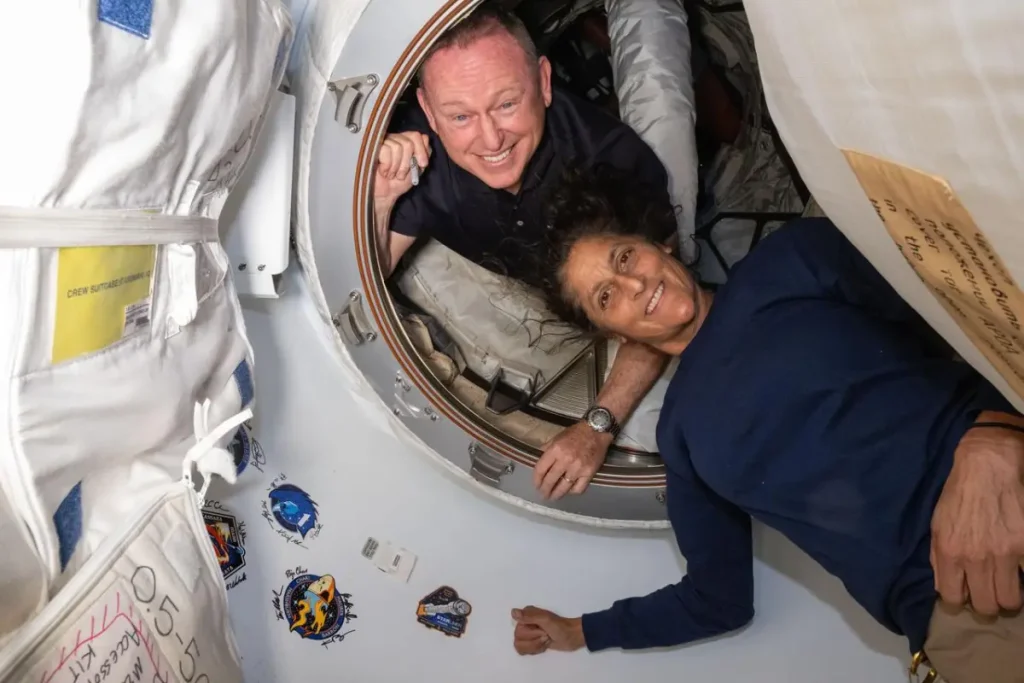
Both Wilmore and Williams are experienced astronauts. Wilmore previously served as commander of the ISS and Williams holds the record for the longest spaceflight by a woman.


“Continued American leadership in space is critical to our national security and scientific innovation,” Senator Maria Cantwell (D-WA), chair of the Senate Committee on Commerce, Science and Transportation, issued a statement on Saturday“I spoke with Administrator Nelson this morning about the Starliner decision and asked NASA to keep the committee regularly updated as they continue to work to bring our astronauts home safely.”
LIVE: We discuss NASA @BoeingSpace Crew Flight Test after completing today’s Agency Test Flight Readiness Review. Listen to the latest #Starliner Updates. https://t.co/M2ODFmLuTj
— NASA (@NASA) 24 August 2024
The partnership between NASA and SpaceX is part of their Commercial Crew Program, which aims to develop safe, reliable and cost-effective travel to and from the International Space Station (ISS). This initiative was launched after the Space Shuttle program was canceled in 2011, leaving the United States without a domestic spacecraft capable of carrying astronauts to the ISS. Since then, NASA has relied on Russian Soyuz spacecraft to transport crews to and from the ISS.


Over the past four years, SpaceX-built Dragon spacecraft, which can carry both crew and cargo, has successfully launched thirteen consecutive manned space missions, safely transporting 50 crew members to and from Earth orbit.
Polaris Dawn, the next mission of the SpaceX Dragon spacecraft, scheduled for August 27, 2024, will be led by Jared Isaacman as commander, along with pilot Scott “Kidd” Poteet and mission specialists Sarah Gillis and Anna Menon, both SpaceX engineers.
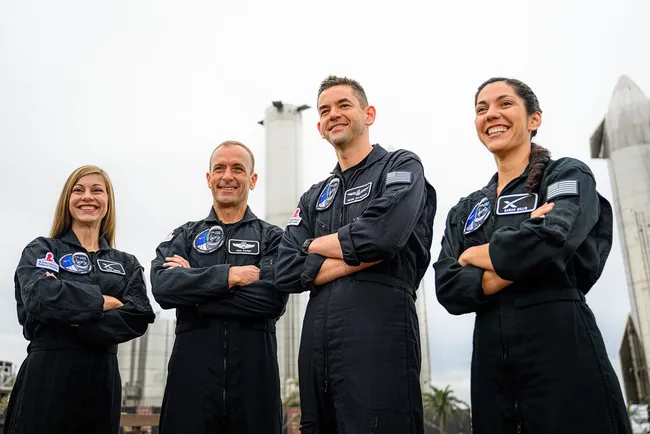
The crew’s mission is to conduct a spacewalk in SpaceX’s new EVA spacesuits, test the Dragon’s electronics and shielding as it traverses the high-energy region known as the Van Allen Belt, and test laser-based Starlink communications in space.
Events leading to NASA’s decision
The Starliner spacecraft, also developed by Boeing as part of NASA’s Commercial Crew Program, was intended to serve as a manned spacecraft for missions to and from the ISS.
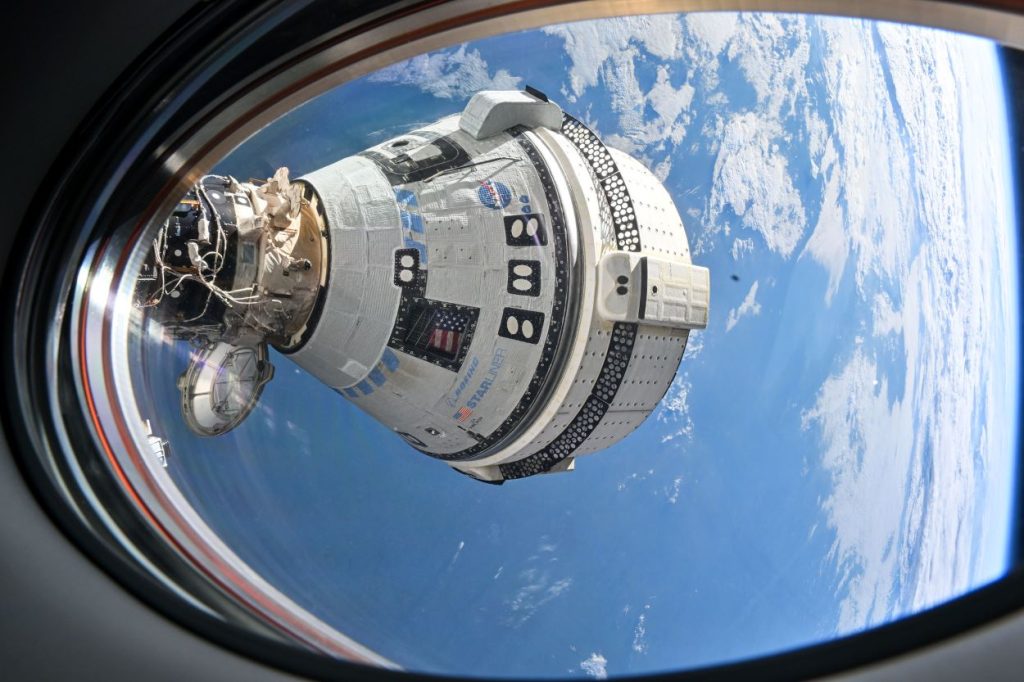
The spacecraft’s first unmanned test flight in 2019 encountered software issues that prevented it from reaching the ISS. Subsequent testing and bug fixes led to another unmanned test in 2022, which was successful and set the stage for the manned mission.
The crewed mission launched on June 5, 2024, with astronauts Wilmore and Williams, and was officially designated the Boeing Crew Flight Test (Boe-CFT). Its primary objective was to conduct a comprehensive test flight, including launch, docking with the ISS, performing various in-orbit activities, and returning safely to Earth. This Boe-CFT mission was critical to NASA’s certification of the Starliner for routine crewed missions to and from the ISS.
The mission was originally planned to last about eight to 10 days, but shortly after the Starliner docked with the ISS on June 6, helium leaks in the spacecraft’s propulsion system and problems with the maneuvering thrusters occurred. The astronauts are still aboard the ISS, and NASA announced on August 24 that they will return safely to Earth on a SpaceX Crew Dragon mission in February 2025.
NASA is also postponing a SpaceX Crew-9 mission originally scheduled for August to late September to reduce congestion at the ISS docking stations.
The Starliner is scheduled to lift off from the ISS in early September and return to Earth unmanned in a controlled autonomous reentry and landing.

